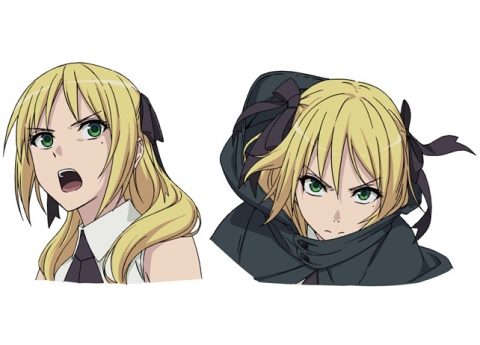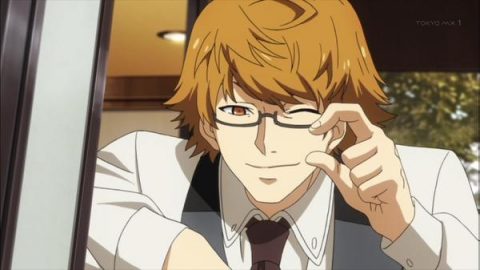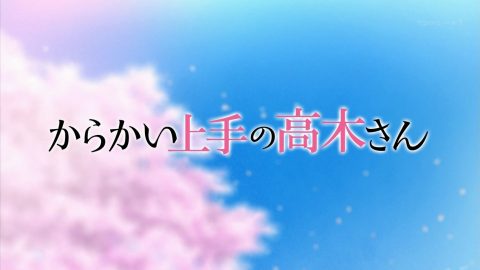Jujutsu Kaisen, the post-Demon Slayer manga, is leading Jump's post-Demon Slayer series. A movie adaptation titled Jujutsu Kaisen 0 is scheduled for release in December. However, there are many people who have yet to read Jujutsu Kaisen. I often hear people say, "My friends were hooked on Demon Slayer, and I read it and found it interesting, but I'm not sure I want to read Jujutsu Kaisen." However, the greatest appeal of this work is that it "retains the appeal of a Jump manga while further upgrading it." Fans who became hooked after reading Demon Slayer are sure to enjoy this content. If you've read Demon Slayer but then skip Jujutsu Kaisen, you're really missing out! Many people probably think, "But even so, it's too much hassle to try a new work." So, for those who have finished reading Demon Slayer and are usually busy, I'd like to introduce the appeal of this work by carefully examining the depictions in volume 0. If you're someone who's too lazy to move on to the next series, I'm sure after reading this article, you'll be eager to read "Jujutsu Kaisen"!
The Beginning is Incredible!
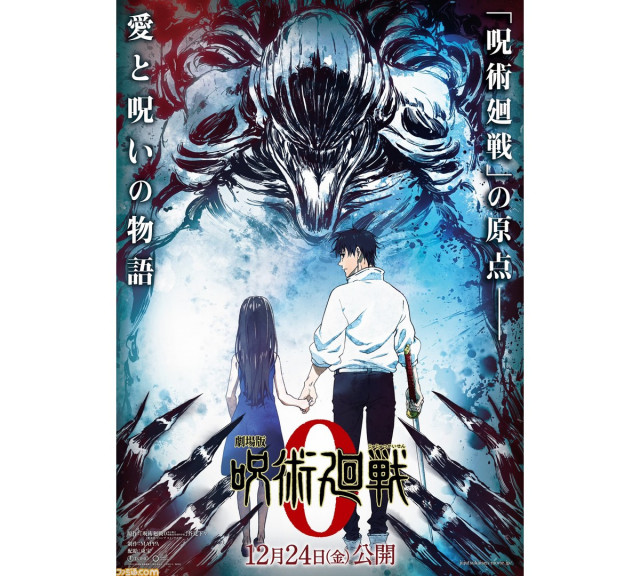
First of all, the beginning of Volume 0 is where the fun of this work is chock-full. While most manga are easy to tell whether they're interesting or not just by looking at the beginning, Jujutsu Kaisen is particularly good at drawing you in with its opening. It's a work with such a great opening that it draws you in once you start reading.
Interesting from Page One
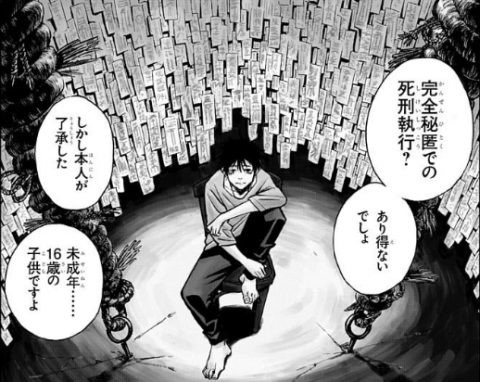
First off, on the first page, we see the protagonist, Okkotsu, depicted right away. In this scene, countless talismans are drawn behind him, and his eyes are covered in dark circles, giving him a somewhat eerie appearance. The deliberately creepy depiction of the protagonist here is quite bold.
Okkotsu staring back at us (the reader)
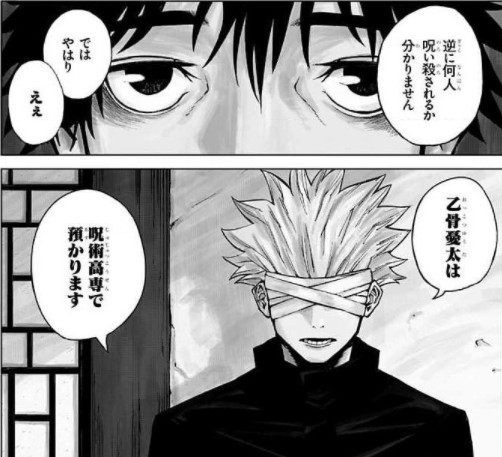
The overall eeriness of this image is certainly interesting, but what I want you to pay attention to most is the fact that the person speaking the dialogue in the speech bubbles is not depicted, and the depiction of Okkotsu glaring at the reader with a suspicious expression. By depicting a scene like this at the beginning, it incites fear towards Okkotsu himself and forces the reader to think about what kind of person he is.
Jujutsu Kaisen is great at drawing characters!
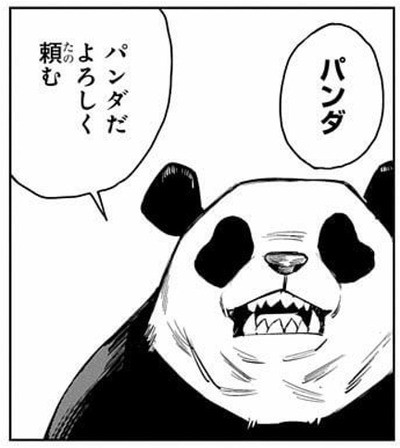
As you can see, Jujutsu Kaisen excels at portraying characters, especially their first appearances. Whenever a new character is introduced, there's always a hidden twist that makes the reader wonder, "What kind of character is this? (The panda is a prime example!)" Perhaps this style of portrayal is the source of the series' appeal, making readers want to read the next chapter after just a quick glance at the beginning. Still, I'm curious as to why it's a panda.
Message in the First Mission
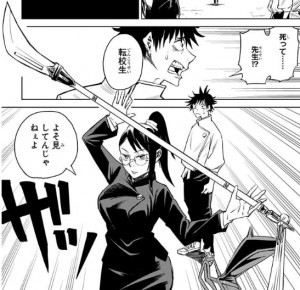
Now, after a brief character introduction at the beginning, we finally get to the first battle scene. This scene serves as a sort of instruction manual for the series, explaining to the reader the rules by which the story unfolds. Pay particular attention to this first mission episode.
"The weaker the better"
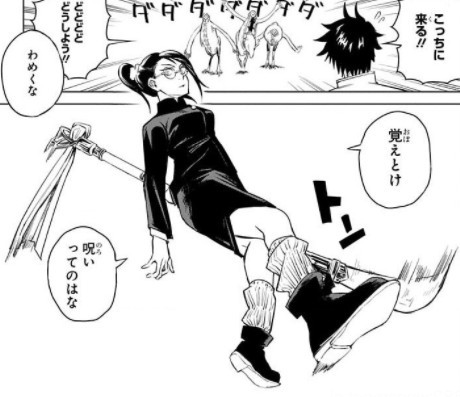
I'd like to draw your attention in particular to the introduction to Zen'in's curse. The line, "You know, the weaker the curse, the more likely they are to flock together. Well, I guess that's just like with humans." This explanation only comes up briefly early on, so some people may not have noticed, but in this work, curses are inextricably linked to human emotions, and all curses that appear as monsters are directly connected to problems in the human world. This line subtly hints at the link between curses and human nature, allowing viewers to later understand the complex premise of "what exactly is a curse?"
This is the secret behind this work's great pacing!
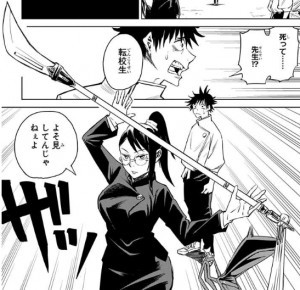
The skillful way the setting is revealed in these areas contributes to the work's overall fast-paced story progression.
Setting Okkotsu's Goal
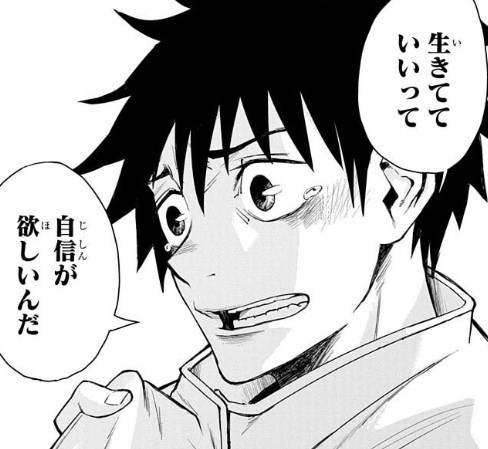
Since Okkotsu is the protagonist of this story, the story wouldn't be complete without clearly conveying to the reader what Okkotsu is aiming for. Therefore, at the end of the first mission, this work features a scene in which Okkotsu realizes what he is seeking.
Clearly reveal his goals and the means to achieve them
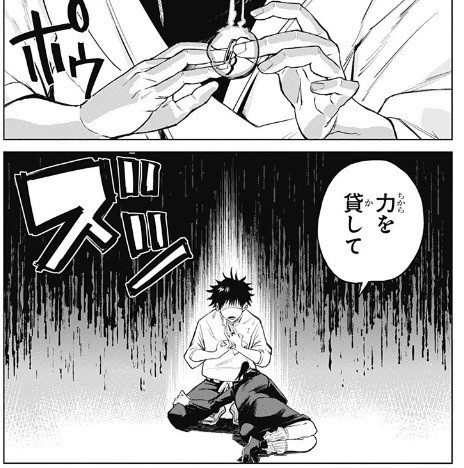
After being persuaded by everyone, Okkotsu declares his goal at the last minute: "I want to live my life knowing that I am needed by someone." He then asks the cursed spirit that possessed him for its strength and successfully defeats the enemy. The final scene of his first mission clearly shows readers what Okkotsu's goal is in this story, and how he will achieve it.
Even the first mission episode is full of ingenuity and is entertaining!
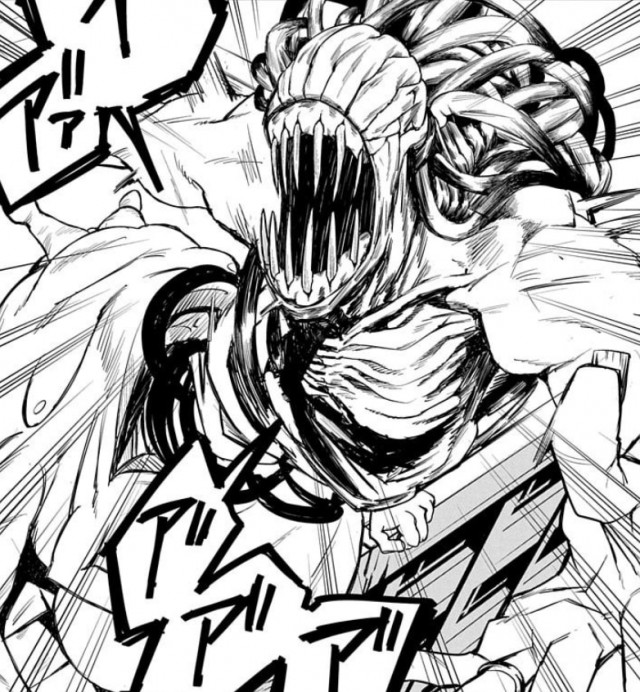
As you can see, not only from the beginning but also from the first mission scene, the author has written this work with a good pace and in an easy-to-understand manner. This work's extremely clear foreshadowing and meticulous setting explanations work well together, achieving both readability and depth as a work.
A True Manga Lover and a Homage to Various Works
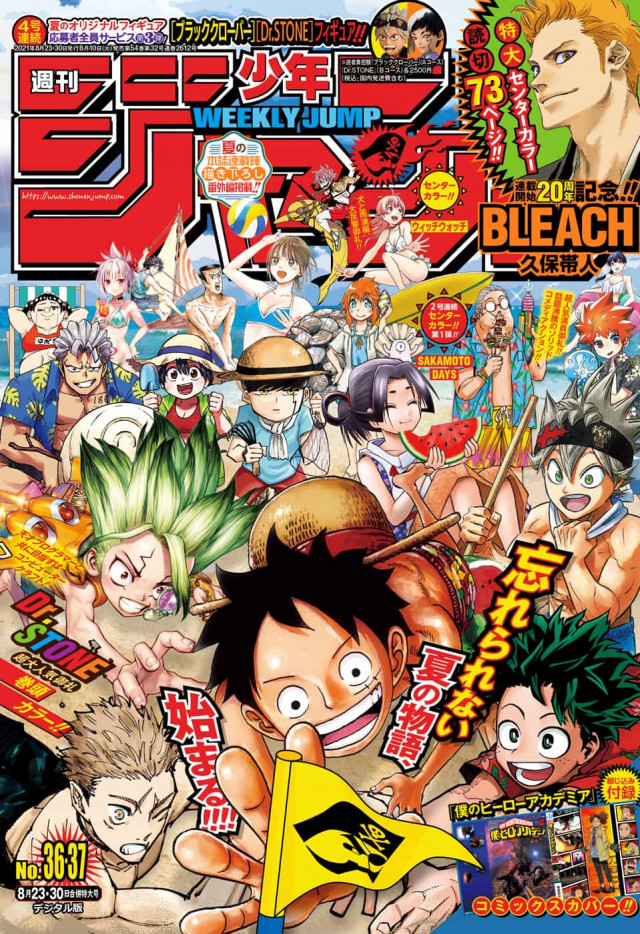
And when it comes to understanding the appeal of this work, one thing that cannot be overlooked is the author, Akutami-sensei. One thing to keep in mind about Akutami-sensei is that he is a true manga fan.
Surprisingly, there are very few manga artists who are genuine manga fans.
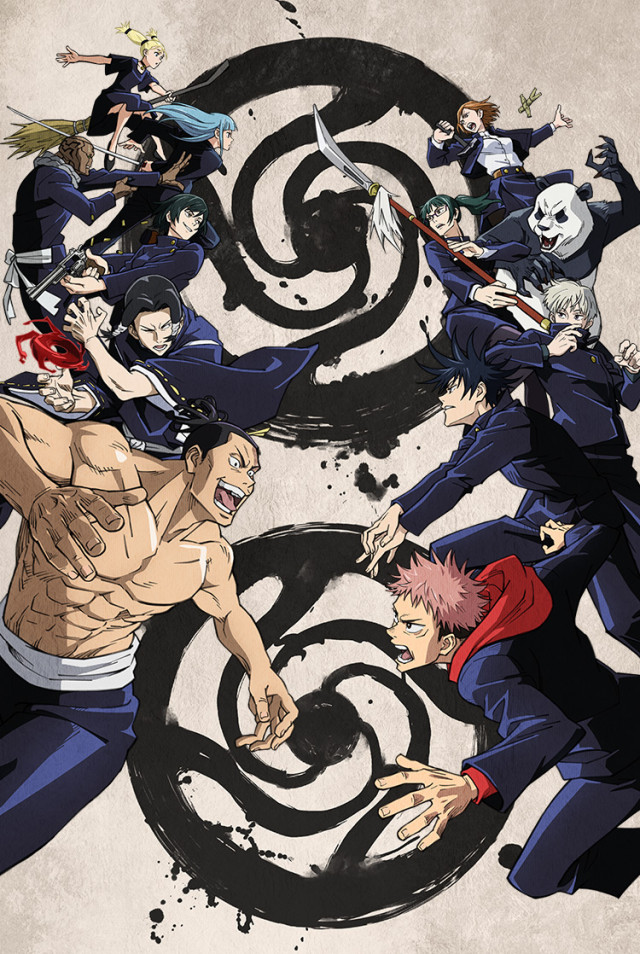
Some might say that's only natural for a manga artist, but the truth is that many manga artists don't read other works. Despite this, isn't it fair to say that Akutami's unwavering love of manga from childhood to the present is a defining characteristic of his work?
The Hidden Teacher Image of Gojo in Various Works
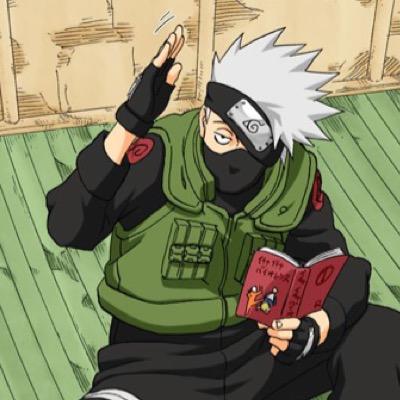
In particular, Gojo Satoru, this work's most popular character, inherits a lot of DNA from other Jump manga. Gojo's "habit of being late" is a trait he inherited from Kakashi, another Jump manga, Naruto. This work has many elements that help Naruto become more agile. Among these, it seems likely that Akutami-sensei used Kakashi from Naruto as inspiration for "tips for portraying a cool teacher."
Focus on Gojo
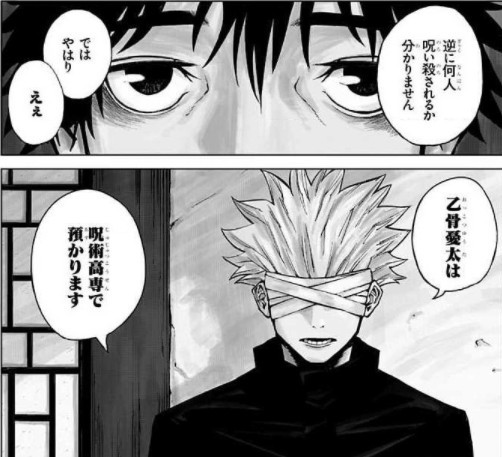
Another thing to note is that Gojo's eyes are completely hidden. This setting should be obvious to discerning fans who have read a variety of manga.
The "Educational Character Rule" as Seen in Gojo
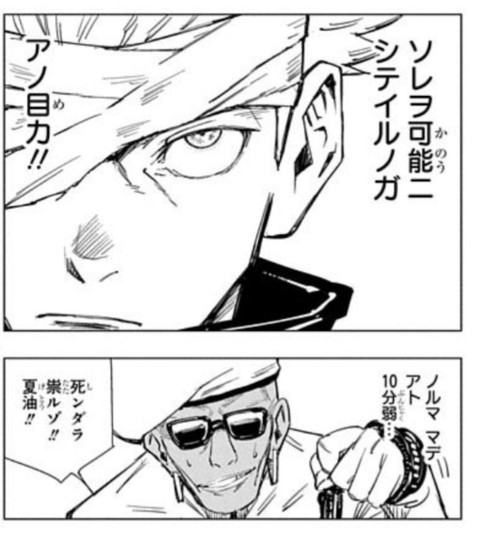
Yes, the famous "Educational Character Rule." This rule stipulates that characters who educate the protagonist must have a scar on their face or some other part of their body that hides it. Characters who perfectly fit this rule include Danpei Tange from "Tomorrow's Joe" and Tsukikage-sensei from "Glass Mask" in the past, and more recently Kakashi-sensei from "Naruto" and Sakonji Urokodaki from "Demon Slayer: Kimetsu no Yaiba."
The Role of the "Educational Character Rules"
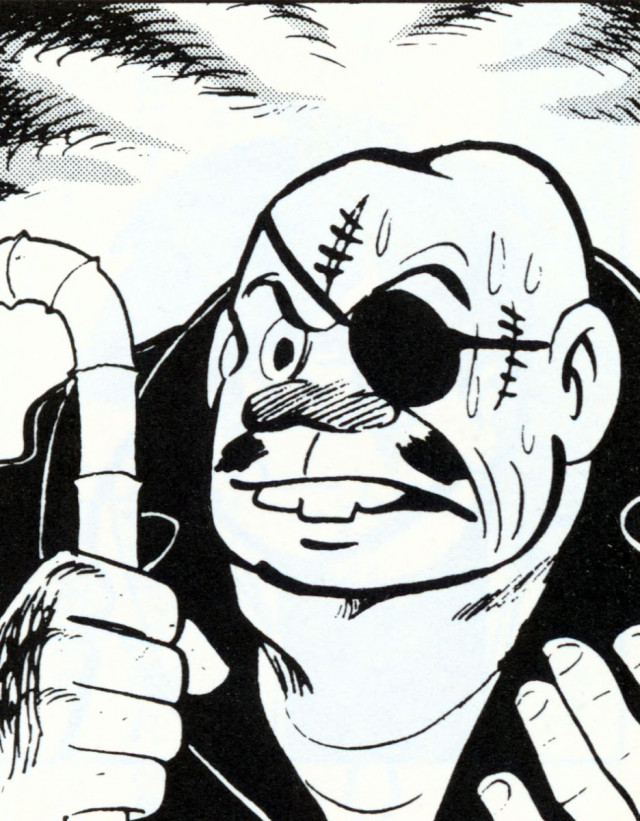
Regarding these "educational character rules," educational characters are generally characters who have experienced something in the past and still carry the scars of that experience.
A classic setting in every era

No matter what era of Jump it is, it's a classic setting for the teacher or senior character who guides the protagonist to face challenges before the protagonist and continue to carry those challenges.
The "Educational Character Rules" Inherited by Gojo

In that respect, Gojo's hiding his eyes isn't directly connected to his past. However, Gojo, who plays the role of a teacher guiding the protagonist, deliberately chooses to hide his eyes. While he retains the appearance of an educational character, the hidden setting underneath allows for unique exploration without being bound by previous rules. This has the added benefit of allowing for unique exploration.
Gojo and Getou
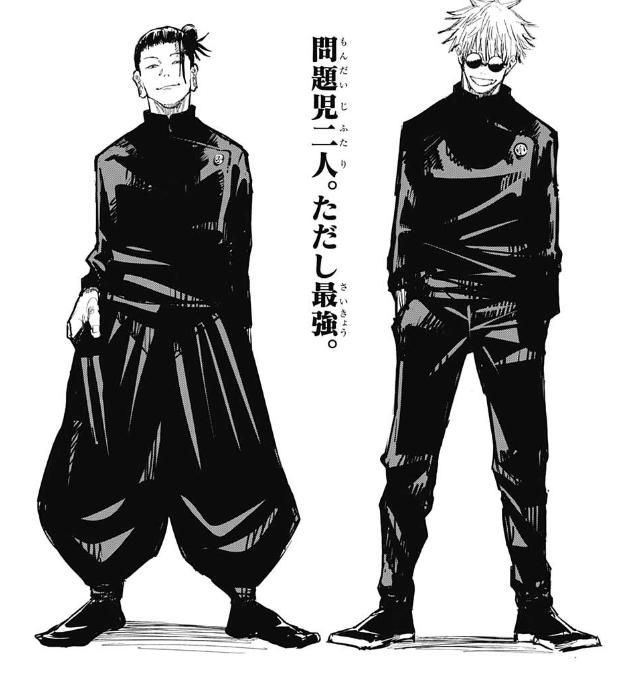
Furthermore, "Jujutsu Kaisen 0" not only features the protagonist, Okkotsu, but also his teacher, Gojo, and his old friend and greatest enemy, Getou. The presence of these two characters prevents the story from depicting a simple confrontation between Okkotsu and Getou. Instead, it creates a complex dual structure of confrontations between Getou and Okkotsu, and Gojo and Getou, which could be said to be a distinctive feature of this work.
A Stylish Conclusion
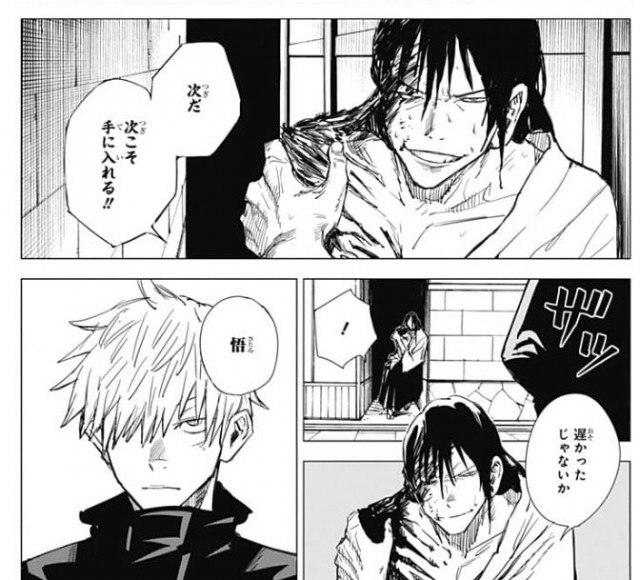
It's particularly interesting that Gojo ends up defeating his greatest enemy, Getou. While we'd normally want the main character, Okkotsu, to take the credit, it's a very bold move to have Gojo, his old friend, deliver the final blow.
Okkotsu, the Protector; Gojo, the One Who Must Kill His Old Friend
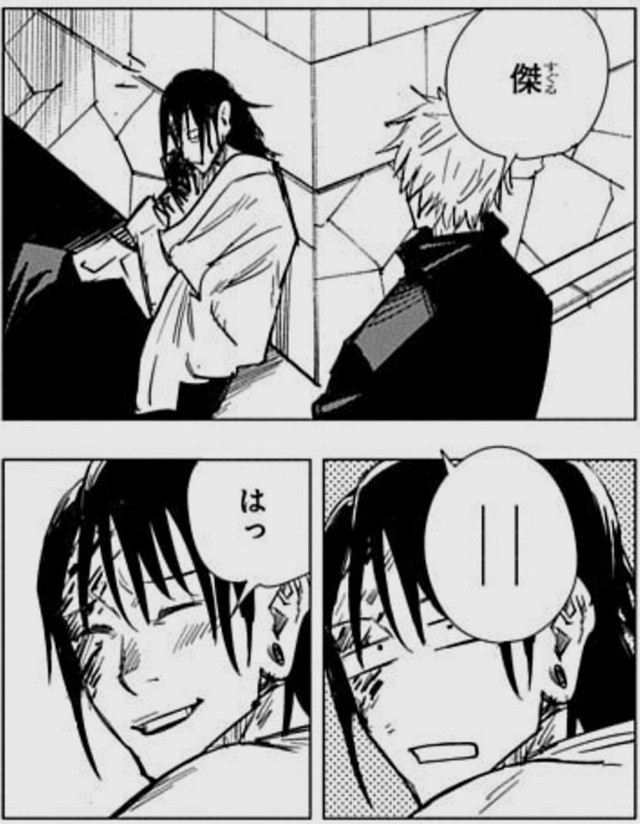
The contrast between Okkotsu and Gojo is also very interestingly portrayed. Okkotsu's goal throughout the story is to protect his comrades. Therefore, there is no need to kill Geto yet. However, Gojo, on the other hand, needed to protect Geto, his greatest understanding friend, in his heart as his truest friend. The fact that Gojo had to kill the current Geto in order to protect the comrades he holds dear is perhaps the most important contrast between Gojo and Okkotsu in this work.
Summary
What did you think? In this article, we've carefully explained each and every aspect of "Jujutsu Kaisen 0." Of course, the appeal of this work extends beyond what's mentioned above. It boasts many other fascinating elements, so if you'd like, we hope you'll enjoy the film while also noting its other appealing aspects. Of course, until the film is released, be sure to check out the other articles introducing the work on Anime Mill.

